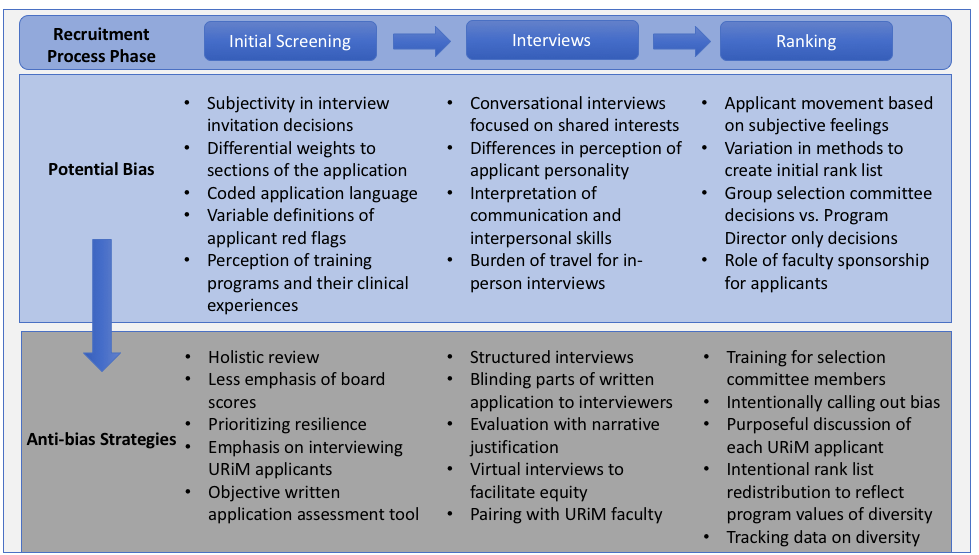Medical Education: Diversity, Equity & Inclusion
Medical Education 4: Diversity, Equity, & Inclusion 1
505 - Selection and Recruitment Strategies Among Pediatric Training Programs and the Impact of Diversity: A Qualitative Study
Publication Number: 505.125
- MG
Michael P. Goldman, MD (he/him/his)
Associate Professor of Pediatrics and Emergency Medicine
Yale School of Medicine
New Haven, Connecticut, United States
Presenting Author(s)
Background: Many training institutions desire a diverse workforce. However, aspects of the written application, interview and ranking may negatively impact recruitment of Underrepresented in Medicine (URiM) applicants.
Objective: To explore pediatric faculty perceptions of diversity’s impact on applicant recruitment.
Design/Methods: Using purposeful and snowball sampling, we targeted a geographically diverse sample of faculty at large pediatric residency and fellowship programs. One-on-one interviews were conducted, transcribed, coded and analyzed into themes using grounded theory’s constant comparative method. Codes were revised iteratively and interviews were conducted until theoretical sufficiency.
Results:
We interviewed 20 participants (Table 1). Four main themes emerged with exemplary quotes in Table 2. (1) Screening applications and offering interviews: A standardized process flawed by subjectivity. Participants described screening applications for information such as clinical skills, research activities, or unique attributes and subjectively assigned scores based on program values. Strategies to mitigate bias included a more holistic approach to application review and assigning lesser weight to board scores. (2) Interviews: Personality matters. While participants described using interviews to obtain additional information about the written application, many assessed personality. Strategies to decrease bias included the use of Structured/Behavior-based interviews and blinding interviewers to parts of the written application. (3) Determination of the rank list: The rise and fall of applicants. While the initial rank list was informed by local scoring systems, many participants altered rank lists through subjective commentary from the selection committee and applicant sponsors. Mitigation strategies included intentional discussion of bias and rank list changes to promote diversity. (4) The recruitment process: Values, challenges, and strategies to promote diversity. Most programs committed to program-wide bias training and purposeful URiM recruitment. Examples included URiM “virtual cafes” and pairing URiM applicants with faculty of similar backgrounds. Figure 1 illustrates the recruitment process, potential for bias and common mitigation strategies.
Conclusion(s): We describe ways in which bias infiltrates recruitment and strategies employed to mitigate bias and promote diversity. Many strategies are being variably implemented, availing opportunities for collaboration to measure their impact on workforce diversity..png)
.png)

